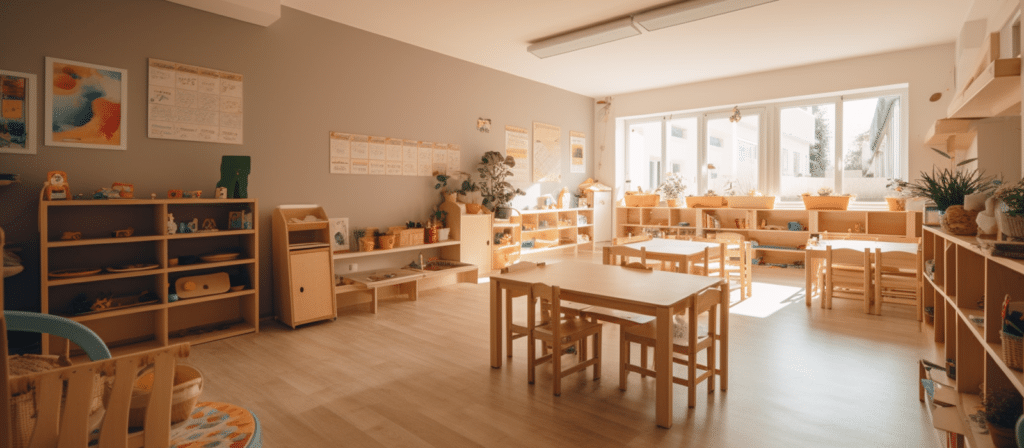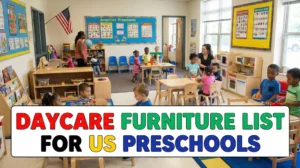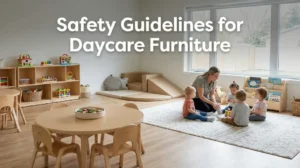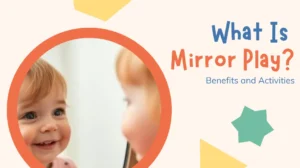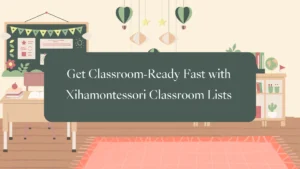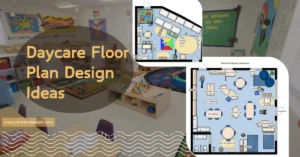Are you a preschool teacher or administrator looking for effective classroom seating arrangement strategies that can create an optimal learning environment for young children? Join us on a journey to explore the art and science of arranging seats in a preschool classroom to enhance engagement, learning, and overall classroom dynamics.
Preschool Classroom Seating Arrangement Strategies involve careful planning and consideration of various factors to ensure that each child’s needs are met and that the learning environment is conducive to growth and development. These strategies aim to promote collaboration, independence, and a sense of belonging among young learners.
Why Does Classroom Seating Matter?
The seating arrangement in a preschool classroom plays a vital role in fostering a positive learning environment. It affects the students’ ability to engage with their peers, participate in group activities, and focus on the teacher’s instructions. A well-organized seating plan can encourage collaboration, minimize distractions, and promote a sense of belonging among the children.
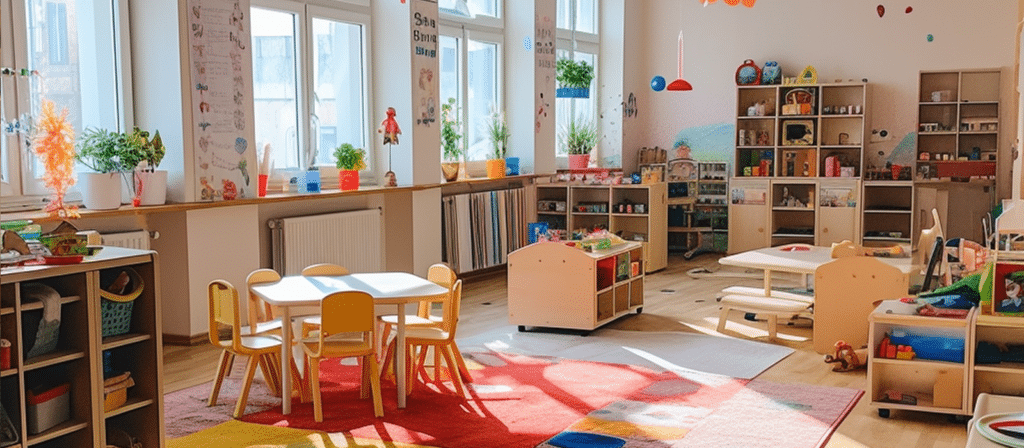
Preschool Classroom Seating Arrangement Strategies
Before diving into the strategies, let’s first understand why classroom seating matters in the preschool setting. The way children are seated can significantly impact their learning experience. A well-thought-out seating arrangement can:
- Foster collaboration and social interaction among students
- Enhance teacher-student communication and interaction
- Minimize distractions and disruptions during activities
- Promote a sense of ownership and belonging
With these benefits in mind, let’s explore some effective seating arrangement strategies for a preschool classroom.
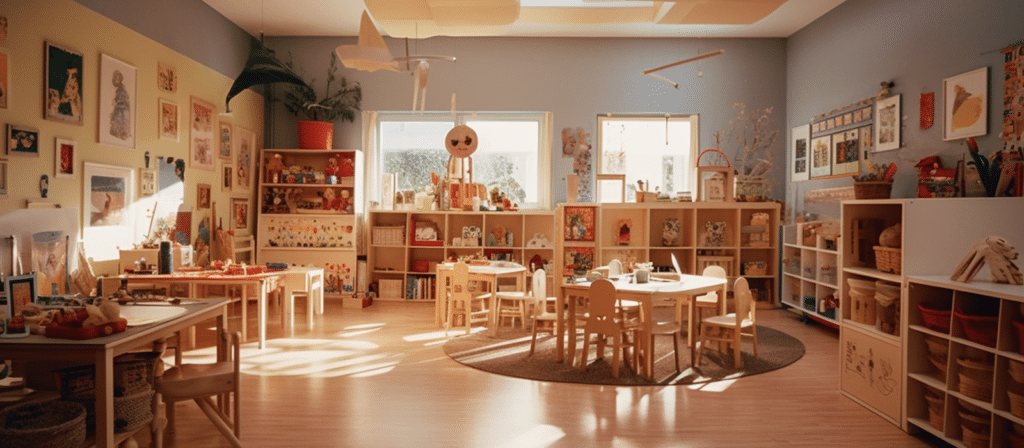
So, how can we create an effective seating arrangement that maximizes learning potential and keeps the little ones excited and engaged? Let’s explore some strategies:
- Circle Time Seating: One of the most common and effective seating arrangements for preschool classrooms is the circle time setup. This arrangement promotes inclusivity and allows the teacher to address the entire class easily. It encourages interaction, active participation, and fosters a sense of unity among the children. Circle time seating also creates a safe space for sharing ideas, stories, and taking turns.
- Group Tables: Another popular seating arrangement in preschool classrooms is the use of group tables. Group tables can be set up in different formations, such as squares, rectangles, or circles, depending on the available space and the activities planned. This arrangement encourages teamwork, collaboration, and communication among the children. It also allows the teacher to observe and support individual students more easily.
- Individual Desks: While group settings are beneficial for cooperative learning, individual desks can also have their advantages in certain situations. Providing each child with their own dedicated workspace can help foster independence, focus, and concentration. It is especially useful during activities that require individual work or assessment. However, it is important to balance individual workstations with opportunities for group interaction and collaboration.
- Flexible Seating: In recent years, the concept of flexible seating has gained popularity in preschool classrooms. This approach involves providing a variety of seating options, such as bean bags, floor cushions, wobble stools, and standing desks. Flexible seating allows children to choose a seating option that suits their comfort and learning style, promoting engagement and motivation. It also encourages movement and active learning, which can be beneficial for young children with high energy levels.
- Teacher-Student Pairing: In some cases, pairing a teacher with a student can be an effective seating arrangement strategy. This approach can provide additional support for students who may need extra assistance or guidance. It also allows the teacher to closely monitor individual progress and address any specific needs. Teacher-student pairing can create a nurturing and personalized learning experience for the child.
Conclusion
In conclusion, the seating arrangement in a preschool classroom is a crucial factor in creating an engaging and effective learning environment. Whether it’s the classic circle time setup, group tables, individual desks, flexible seating, or teacher-student pairing, each strategy has its own advantages and can be adapted to suit the specific needs of the children and the activities planned. By considering the unique dynamics of the classroom and the individual needs of the children, we can create a seating arrangement that promotes collaboration, engagement, and a love for learning.

